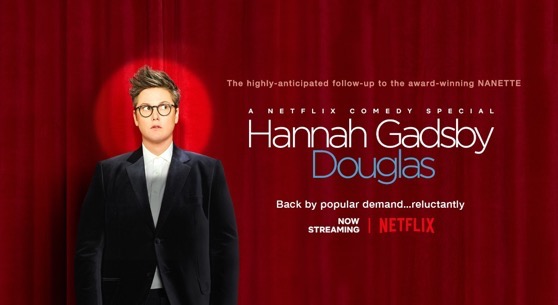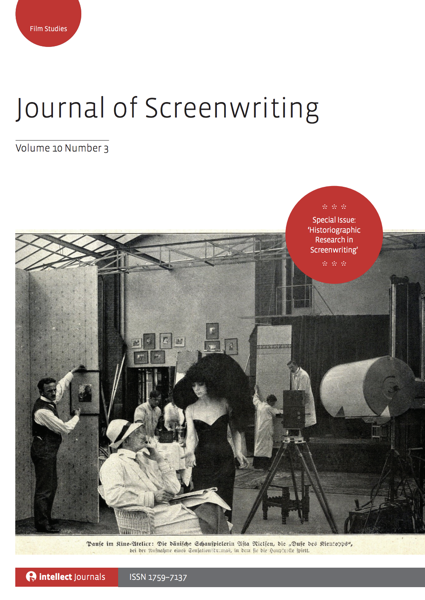Drs. Rosanne Welch and Sarah Clark discuss The Monkees “The Chaperone” episode on the Zilch Podcast’s Monkees 101 Series
When I finished writing the book and going to book signings or conferences where I could keep talking about The Monkees I thought I was done. Then Sarah Clark, PhD emailed and asked me if I’d like to do a segment called “Monkees 101” where we both put our PhD hats and talked about each episode in terms of how it fit into the world in which it aired – sociologically, ideologically and even sometimes politically – covering what was going on in the news the week the show aired and covering the lives of the crafts people who came together to make the show. How could I say no? Here’s our latest installment, on an episode called “The Chaperone” which involves Micky in drag as the writers borrowed from the classic play Charlie’s Aunt.
![Drs. Rosanne Welch and Sarah Clark discuss The Monkees “The Chaperone” episode on the Zilch Podcast's Monkees 101 Series [Audio]](https://rosannewelch.com/wp-content/uploads/2020/05/zilch-153.jpg)
Monkees 101 with Rosanne Welch and Sarah Clark discuss the 9th episode of “The Monkees” -“The Chaperone” & Christine Wolfe and Sarah talk Monkees News! “Davy has fallen for a beautiful woman, only to find out that her father is a retired Army General who will only let her go to events with a chaperone. The Monkees plot how to convince the General that she will have a chaperone to an upcoming party so Davy can meet her”
Listen to this episode
Podcast: Play in new window | Download
Subscribe:
Want to learn more about The Monkees? Buy Why The Monkees Matter: Teenagers, Television and American Pop Culture

A hit television show about a fictitious rock band, The Monkees (1966-1968) earned two Emmys–Outstanding Comedy Series and Outstanding Directorial Acheivement in Comedy.
Capitalizing on the show’s success, the actual band formed by the actors, at their peak, sold more albums than The Beatles and The Rolling Stones combined, and set the stage for other musical TV characters from The Partridge Family to Hannah Montana. In the late 1980s, the Monkees began a series of reunion tours that continued into their 50th anniversary.
This book tells the story of The Monkees and how the show changed television, introducing a new generation to the fourth-wall-breaking slapstick created by Laurel and Hardy and the Marx Brothers.
Its creators contributed to the innovative film and television of 1970s with projects like Bob & Carol & Ted & Alice, The Mary Tyler Moore Show, Laugh-In and Welcome Back, Kotter. Immense profits from the show, its music and its merchandising funded the producers’ move into films such as Head, Easy Riderand Five Easy Pieces.
McFarland (Direct from Publisher) | Amazon | Kindle Edition | Nook Edition
Want to use “Why The Monkees Matter” in your classroom?
Order Examination Copies, Library and Campus Bookstore orders directly from McFarland



![14 Beetlejuice from When Women Write Horror with Dr. Rosanne Welch [Video] (1 minute 16 seconds)](https://rosannewelch.com/wp-content/uploads/2020/06/rmw-cpp-horror-14.jpeg)
![Drs. Rosanne Welch and Sarah Clark discuss The Monkees “The Chaperone” episode on the Zilch Podcast’s Monkees 101 Series [Audio]](https://rosannewelch.com/wp-content/uploads/2020/05/zilch-153.jpg)


![13 The Amityville Horror from When Women Write Horror with Dr. Rosanne Welch [Video] (32 seconds)](https://rosannewelch.com/wp-content/uploads/2020/05/rmw-cpp-horror-13.jpeg)
![12 The Haunting of Hill House from When Women Write Horror with Dr. Rosanne Welch [Video] (50 seconds)](https://rosannewelch.com/wp-content/uploads/2020/05/rmw-cpp-horror-12.jpeg)

